I’m typing this a few days after coming back from a lovely weekend in London with some book club friends; diving into bookshops and pubs and indulging in comforting bookish chat. I have returned with a refreshed appetite for books and writing.
Looking back at February’s reading, it’s only now that I notice how much my reading was punctuated by novels published in the 70s. This was not a conscious choice but a somewhat fortuitous coincidence. Unreliability was also inadvertently a prevalent theme in this month’s selection of books.
Disclaimer: some of the links below may be affiliate links.
The Carrier Bag Theory of Fiction by Ursula K. Le Guin
I started off the month of February with some light PhD reading material. My research seems to be leading me deeper and deeper into a trees-in-speculative-fiction rabbit hole, so of course I couldn’t miss out on some Le Guin.
As the title may suggest, this is a non-fiction title of hers where she criticises the typical hero-driven narrative. You know the one. Shaped like an arrow or a spear, progressing in a linear fashion from conflict to resolution. Instead, she makes the case for a better metaphor: the carrier bag.
‘. . . the natural, proper, fitting shape of the novel might be that of a sack, a bag. A book holds words. Words hold things. They bear meanings. A novel is a medicine bundle, holding things in a particular, powerful relation to one another and to us.’ – Ursula K. Le Guin
Not only that, but she also champions science fiction as a mode to capture the strange reality that we live in.
‘Science fiction properly conceived, like all serious fiction, however funny, is a way of trying to describe what is in fact going on, what people actually do and feel, how people relate to everything else in this vast sack, this belly of the universe, this womb of things to be and tomb of things that we were, this unending story.’ – Ursula K. Le Guin
At only 40 pages, this is an impactful and incisive little essay which manages to capture so much of what makes Le Guin a great writer. I would recommend this even if you have no interest in reading her body of work (although I would, of course, recommend you keep on reading). An essential classic, if you ask me.
The Word for World is Forest by Ursula K. Le Guin
After finishing The Carrier Bag Theory of Fiction I had to continue with some more Le Guin. I had been eyeing this novella for ages as I knew trees where central to it.
In The Word for World is Forest, trees have become a precious resource for Terrans whose planet (Earth) has been completely ravaged by deforestation. The novella opens up in a logging field in a planet recently colonised for its green, thriving forests. Caught in this colonial project are the Athsheans, an indigenous species to this planet, not dissimilar from the Terrans, whose lives are torn apart by invasion, enforced servitude and violence. Le Guin is unsparing in depicting the irreparable consequences of this violence and the moral, often dark, complexities of resistance.
My only critique would be that I was left wanting more… trees? I realise how ironic that must sound, given that the forest seems to be a central feature of this novella. However, it felt slightly underdeveloped to my eyes. The main focus of the narrative is heavily placed on the dynamics between the Terrans and the Athsheans, and the trees only really feature as a background or resource to be exploited. Some might argue this is an intentional move by Le Guin to mirror the effects of the planet’s deforestation on the page through their erasure from the narrative. Such an analysis doesn’t feel fully satisfactory to me as they are meant to be such integral presences in the culture and habits of the Athsheans. It just seems to leave a lot of potential untapped. I understand this is meant to be only a short novella and a part of a much larger Hainish Cycle, which I haven’t read yet, so do correct me in the comments if that engagement with plants is expanded in the other books. If, like me, you are looking for a more complex reading on forests, and the vegetal kingdom more broadly, I have found more success in some of her short stories such as Vaster than Empires and More Slow (1971) and The Author of the Acacia Seeds and Other Extracts from the Journal of the Association of Therolinguistics (1974).
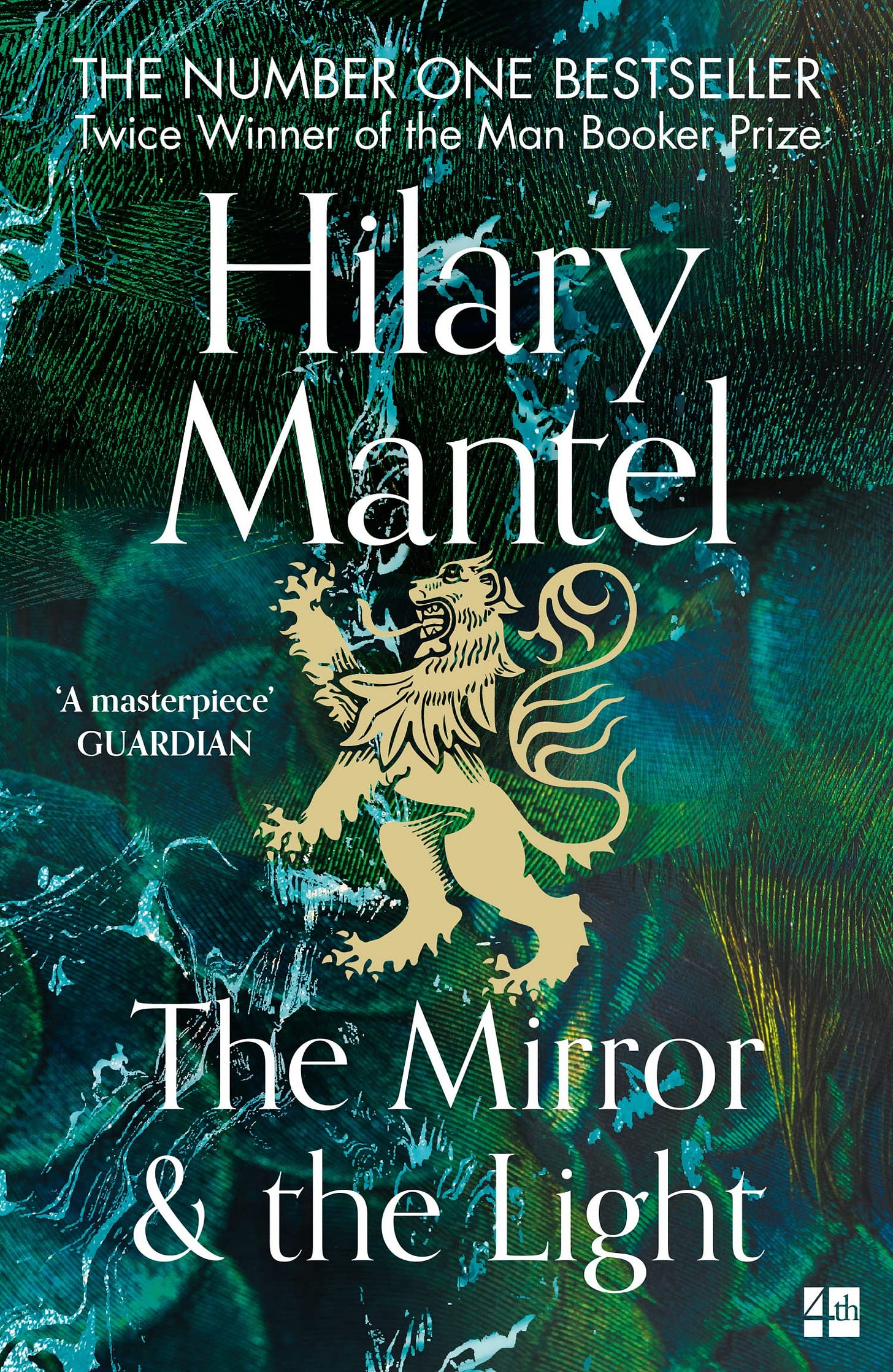
The Mirror and the Light by Hilary Mantel
I started The Mirror and the Light in January but only managed to finish it in February. I think in a way I was trying to delay the moment I would have to say goodbye to Cromwell and Mantel’s writing.
This third book feels more slow-moving compared to the previous book in the trilogy, Bring Up the Bodies, which felt more propulsive and whose drive was more narrowly focused on Anne Boleyn’s demise. I must admit I did prefer the reading experience of the second book, but the quality in this one is undeniable. There’s passages that I feel will remain in my mind forever.
As is the case in the entire trilogy, Mantel balances the interplay between dialogue and internal monologue masterfully. The subtle shifts emphasising Cromwell’s duplicitous nature. There is always something veiled and unveiled in his interactions with other characters. Despite the intimacy of the narrative, however, we can never claim to fully know Cromwell. He remains a cipher, shrouded in mystery.
This was an excellent ending to what has been a life-changing trilogy. I fear Mantel has permanently elevated my standards for historical fiction. Will anything ever live up to this? Only time will tell.
Peace by Gene Wolfe
This is a tricky one to review. The marketing copy on my paperback paints it as a ‘brilliant tour de force of the imagination’ with a main character whose ‘imagination has the power to obliterate time and reshape reality, transcending even death itself’. Thus, my expectations where set for something grand and earth-shattering.
Instead, I found the almost pastoral diaries of Alden Dennis Weer, an aging, embittered old man living in a decaying house in a small midwestern American town reminiscing on his life during the first half of the twentieth century. The whole book is in fact a string of unfinished stories and anecdotes that blend into one another. The tone is nostalgic in a way that reminded me of Annie Proulx’s That Old Ace in the Hole (2002).
We follow Weer as he perambulates through this decaying house which is both physical and metaphorical; a sort of mental palace of his own creation, a composite of rooms he has visited throughout his life with memories attached to each. Perhaps as a reflection of the house, the narration of his memories seem to bulge in places as it carries different temporalities compacted and overlapping one another. More than the stories he recounts, however, the house is perhaps its most compelling aspect to me and where some of that boundary shifting between reality and the imaginary takes shape, but in subtler ways than the blurb suggests. Underneath the surface there is something darker and more unsettling going on. The clues are all there but if you don’t read closely, you’ll miss it.
‘When I designed the entranceway of this house, I tried to recreate the foyer of Blaine’s – not its actuality in a tape-measure sense, but its actuality as I remembered it; why should not my memory, which still exists, which still “lives and breathes and has its being,” be less actual, less real, than a physical entity now demolished and irrecoverable?’ – Gene Wolfe
Although the writing and puzzle-like composition are clearly accomplished, I can’t say it made for a particularly satisfactory narration. Its point is to make the reader suspicious of the storyteller and of the story itself. What is lurking behind the page? What remains unsaid? But the resulting effect was a string of loosely held, unfinished stories which I couldn’t fully care for as I didn’t know whether they were real or whether they were in any way relevant to the story. In other words, the message was thought-provoking, but the delivery undermines the message itself as we are left to question whether we can even trust the messenger. A fascinating paradox that only emerges after finishing the novel.
As you can tell, it was a conflicting one for me, but it left me curious to delve into Gene Wolfe’s other work. I suspect if I had known all of this before going into the read, I would have adjusted my expectations accordingly and potentially enjoyed it more than I did. If you’re invested in speculative fiction I would recommend you read it as it is surprising in its blend of the uncanny and the pastoral, otherwise I would perhaps recommend you skip this one.
The Black Prince by Iris Murdoch
In The Black Prince I met yet another unreliable narrator, this one named Bradley Pearson. A disgruntled novelist who has a complicated friendship/rivalry with the more successful, prolific, and younger, writer Arnold Baffin. Nearing his sixties, Bradley enters early retirement with the mission of finally dedicating himself entirely to what he believes will be his masterpiece. However, his attempts are thwarted by a string of characters entering his life and continuously interrupting his precious time with their dramas. It doesn’t take long before Bradley begins to spiral.
The reader realises from the start that something has gone awry. The novel, however, is unlike your traditional thriller. It opens with a fictional preface by Bradley’s editor, who introduces Bradley’s novelised accounts of the events. This is followed by four fictional postscripts of people in Bradley’s life, who are also featured in his novel, and is bookended by the editor’s own postscript. With this intertextual framing, Murdoch explores the meaning of literature at the same time as she exposes the artifice of fiction and so-called realism and complicates the search for truth by distorting our perception and impressions of the events and characters.
The tone is both tragic and comic, verging on the overly dramatised at times. The majority of the book is spent on Bradley’s narration of events, so as he spirals so do we, trapped in his eccentricities and philosophical digressions. This will become tiresome for some readers, as it did for me, but I felt like it didn’t detract from the intended effect of the novel as a whole, so I was willing to forgive that. Moreover, the fast pacing of the narrative does a good job at alleviating some of the Bradley-fatigue and succeeds at making this an enjoyable read.
Overall, I was pleasantly surprised with my first impression of Iris Murdoch’s work and I suspect I will make my way back to this novel in the future. It was both playful with the conventions of genre and infinitely thought-provoking; my favourite combination in literature these days.
England’s Green by Zaffar Kunial
As soon as I read the first poem in this collection I was gripped. Foxglove Country continues to snag at my brain weeks after reading it. It serves as a portal into the collection, but also into the articulation of language itself.
Throughout the collection he pulls familiar words apart and turns them inside out, excavating language, exploring its hidden undergrowth and delighting in its slipperiness. England’s Green is a kind of intimate pastoral that explores the relation between words and place and the parallels between personal and national narratives, mindful of the disjointed gaps and absences that are integral to both.
I must admit, none of the other poems in the collection surpassed Foxglove Country for me. Nevertheless, I think it’s a worthwhile collection which will change the way you look at words in your everyday life.
Sula by Toni Morrison
As part of my challenge to read one Morrison a month in publication order, this month I picked up Sula: one of my favourite novels of hers to my memory. This rereading has confirmed my love for this story and my admiration for Morrison’s ability to pack so much into such slim novels.
Sula is about many things: violence, race riots, the effects of trauma and PTSD, storytelling, community, natural cycles, . . . Too many things that I couldn’t possibly fit into a concise review. But at it’s core lies the story of a friendship.
Nel and the eponymous Sula, two black girls growing up in a poor mid-Western town, become inseparable in their late-childhood and early adolescence, but end up taking diverging paths in life. Nel, raised by a mother consumed by social convention, marries young and stays in their hometown to raise a family. Sula, on the other hand, leaves to explore the country, go to university and exercise her sexual freedom by carrying a string of emotionless affairs with men. A decade later, Sula returns to a town that vilifies her as she challenges societal expectations of femininity and motherhood. Her reunion with Nel is equally unsavoury as they can’t seem to reconcile their differences before Sula’s premature death. After Sula is gone, Nel is left to reflect on their shared bond, their past trauma and what, if anything, remains of their friendship.
Written in Morrison’s characteristic lyrical style, Sula reveals the cracks in a society that is crumbling and the unfair burden placed on women, who are made to conform to societal expectations or be labelled as deviant. If you are looking to start your journey with Morrison, this would be an excellent place to start.
Tackling the Shelves Stats
This year I am trying to focus on the books I already own and I want to keep track of my progress to keep me somewhat accountable. I started the year with a whopping 102 unread books on my shelves and I finished January with 98 unread books.
This month I…
read 5 books off my TBR shelves,
re-read 1 book,
read 1 book for academic research (not counting these as part of my of my “official” TBR),
and purchased 2 books.
Which means… I got slightly ahead of myself and bought a book before I was technically allowed to (according to my 3 for 1 book buying rule). I’ve now caught up by reading that extra book, but I don’t want to make a habit of this. Otherwise, it defeats my purpose of getting those TBR numbers down. My current TBR total now stands at 95 unread books.
Slow but steady progress…
I am currently making my way through The Mighty Red by Louise Erdrich. I will share my thoughts on it in my next reading round up for the month of March.
What was your favourite read in the month of February? What are you currently reading? What Iris Murdoch should I pick up next?


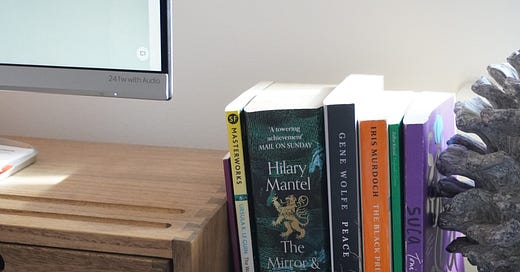






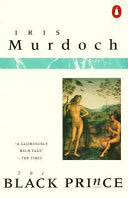
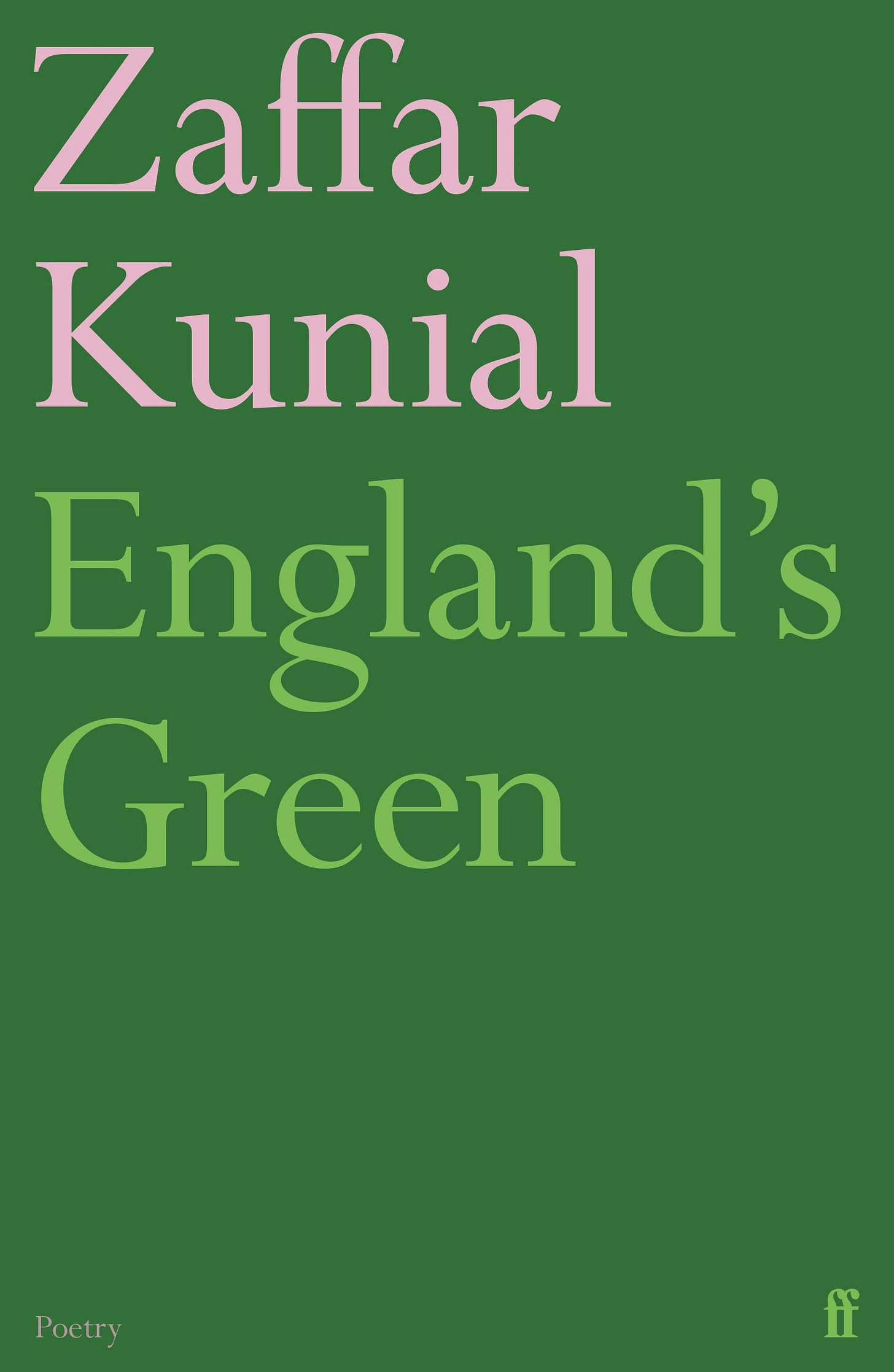
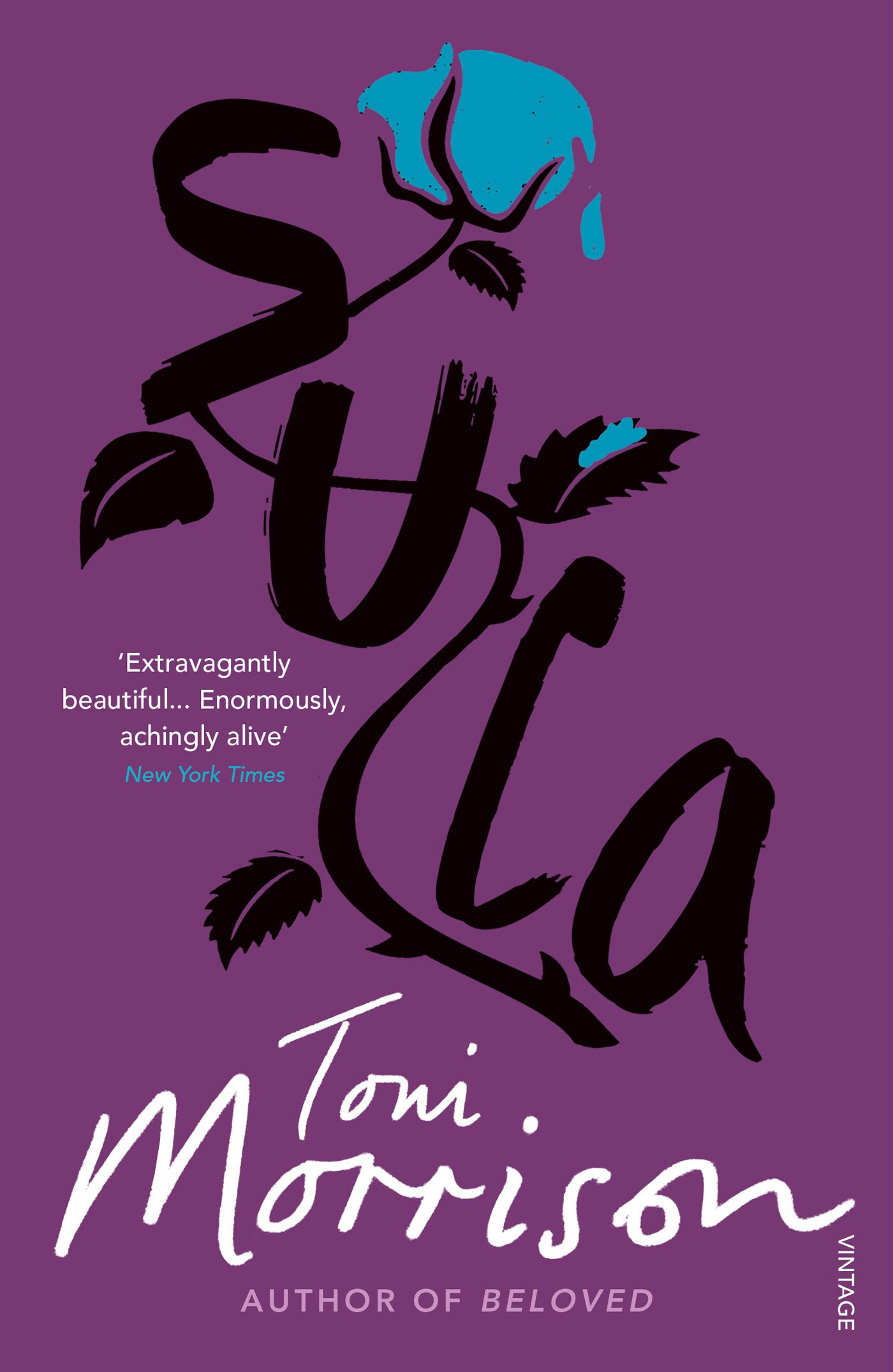
Always got room in my heart and on the shelves for more Le Guin. The non-fiction you read sounds fabulous! I enjoyed The Word for World is Forest when I read and definitely agree on the ‘more trees’ front.
I recently read The Sea, The Sea for my first Murdoch and it seems like it has a similar vibe to The Black Prince: an unreliable narrator in the shape of an old, jaded novelist. Unsure which to pick for my next Murdoch, but it feels like these two are really similar?